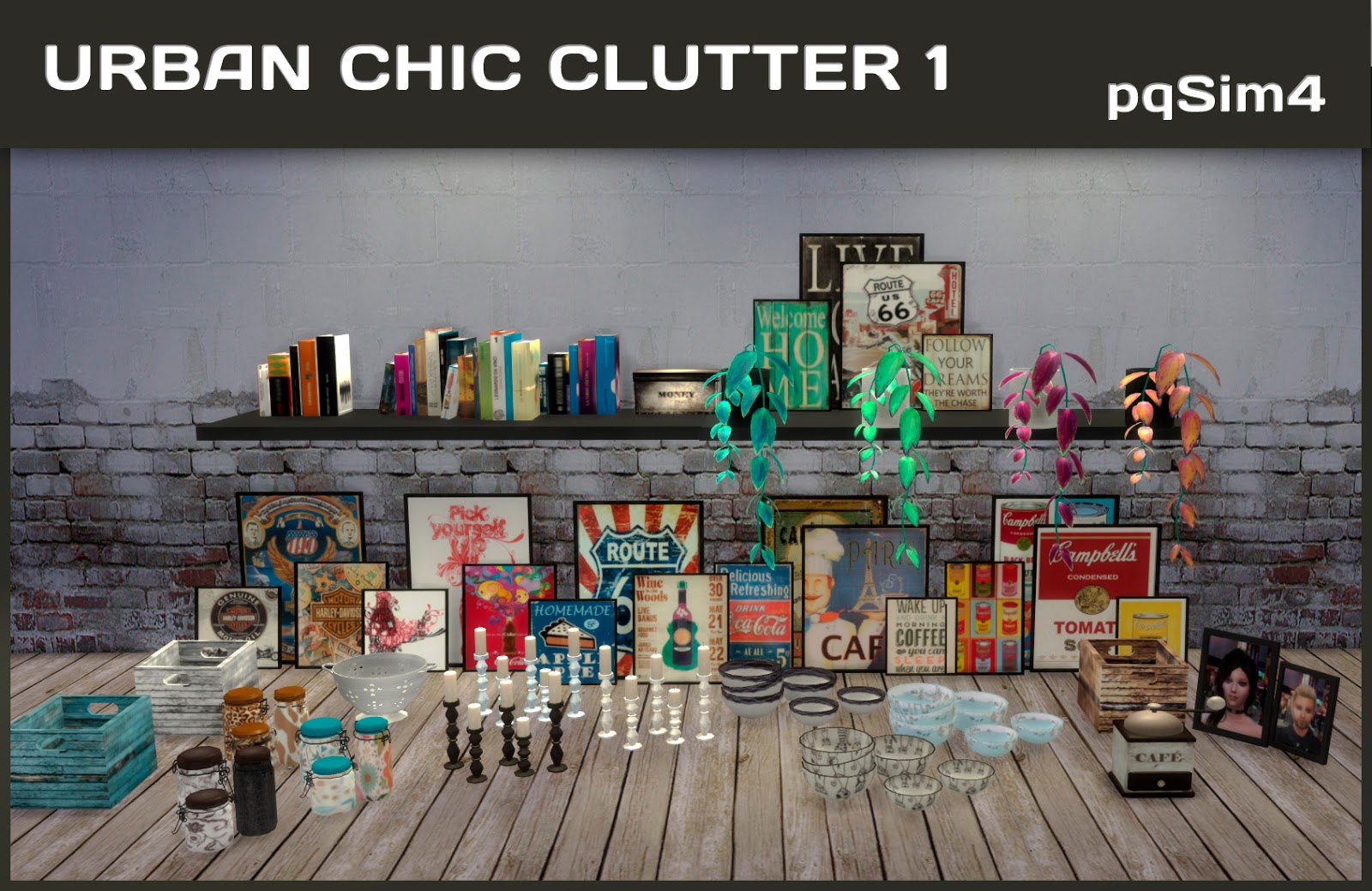

When the landlord had actual knowledge of the dangerous condition (this is why it’s important to tell your landlords about any dangerous conditions and give them a reasonable amount of time to repair them), and.It would be unfair to require your landlord to know about and repair all dangerous conditions after you move into the rental property given that your landlord doesn’t have the right to enter your rental without your permission.Īs a result, most states won’t hold landlords responsible for injuries on the premises that are caused by dangerous conditions that came into existence after possession has passed to the tenant, with two big exceptions: After giving the tenant possession of the rental property.If your landlord fails to do so and you suffer an injury as a result of the dangerous condition, your landlord may be held liable. Your landlord must then repair any unsafe conditions that are discovered or should have been discovered. Before giving you possession of a rental property, your landlord must conduct a reasonable inspection of the property for unsafe conditions. Before giving the tenant possession of the rental property.In general, there are two time periods when a landlord can potentially be held liable: The area of law that determines whether a landlord can be held liable for an injury sustained in a rental unit is called premises liability law.

When is a landlord liable for injuries to a third party? Premises liability basics


 0 kommentar(er)
0 kommentar(er)
